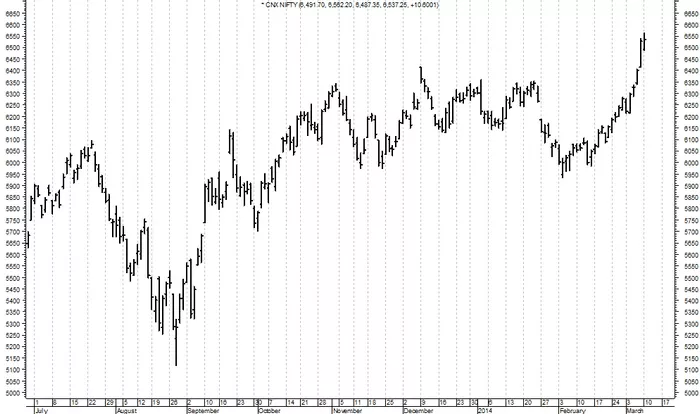Investors often hear about stocks and bonds as the primary financial instruments for building wealth. Both play crucial roles in diversified portfolios but serve different purposes. This article delves into the differences between stocks and bonds, their unique characteristics, advantages, and how investors can effectively incorporate them into their financial strategies.
Introduction to Stocks and Bonds
What Are Stocks?
Stocks represent ownership in a company. When you buy a stock, you purchase a piece of that company, known as a share. Shareholders have equity in the company and may receive dividends based on the company’s performance. Stocks are traded on stock exchanges like the New York Stock Exchange (NYSE) and the Nasdaq.
What Are Bonds?
Bonds are debt instruments issued by governments, municipalities, or corporations. When you buy a bond, you are lending money to the issuer in exchange for periodic interest payments and the return of the bond’s face value at maturity. Bonds are typically considered less risky than stocks and provide regular income.
Key Differences Between Stocks and Bonds
Ownership vs. Lending
Stocks: When you buy stocks, you become a part-owner of the company. Your investment’s value is tied to the company’s performance.
Bonds: When you purchase bonds, you are lending money to the issuer. Your returns are predetermined and not directly tied to the issuer’s performance.
Returns
Stocks: Returns from stocks come from capital gains (increase in stock price) and dividends. These returns can be substantial but also volatile.
Bonds: Returns from bonds come from interest payments and the return of principal at maturity. These returns are more predictable and stable.
Risk
Stocks: Stocks are generally riskier due to market volatility, company performance, and economic factors. Investors can lose their entire investment if the company goes bankrupt.
Bonds: Bonds are usually safer, especially government bonds. However, they are not risk-free. Corporate bonds carry credit risk, and all bonds are subject to interest rate risk.
See Also: 3 Dividend Stocks To Buy And Hold Forever
Time Horizon
Stocks: Stocks are suitable for long-term investments due to their growth potential over time.
Bonds: Bonds can be suitable for both short-term and long-term investments, depending on the maturity dates.
Liquidity
Stocks: Stocks are highly liquid, meaning they can be bought and sold quickly on the stock market.
Bonds: Bonds can be less liquid, especially if they are not traded on major exchanges. However, some bonds, like U.S. Treasury bonds, are highly liquid.
Advantages of Investing in Stocks
Growth Potential
Stocks offer high growth potential. Historically, stocks have outperformed other asset classes over the long term.
Dividend Income
Many companies pay dividends to shareholders. This can provide a steady income stream in addition to potential capital gains.
Ownership
Owning stocks gives investors a stake in the company’s success. Shareholders can vote on corporate decisions and attend annual meetings.
Inflation Hedge
Stocks often serve as a hedge against inflation. As prices rise, companies can increase their prices, potentially leading to higher revenues and profits.
Advantages of Investing in Bonds
Stability
Bonds are generally more stable than stocks. They provide regular interest payments, which can be a reliable income source.
Capital Preservation
Bonds are suitable for capital preservation. At maturity, bondholders receive their principal back, making them a safer investment for preserving capital.
Diversification
Bonds can diversify an investment portfolio. They often perform differently from stocks, reducing overall portfolio risk.
Predictable Returns
Bonds offer predictable returns. The interest payments and principal repayment are specified when the bond is issued.
Risks Associated with Stocks and Bonds
Stock Market Volatility
Stocks are subject to market volatility. Economic downturns, company performance issues, and global events can lead to significant price fluctuations.
Credit Risk in Bonds
Corporate bonds carry credit risk. If the issuer defaults, investors may lose some or all of their investment.
Interest Rate Risk in Bonds
Bond prices are inversely related to interest rates. When interest rates rise, bond prices fall, and vice versa. This can affect the market value of bonds before maturity.
Inflation Risk in Bonds
Inflation can erode the purchasing power of bond interest payments and principal. This is particularly a concern for long-term bonds.
How to Choose Between Stocks and Bonds
Investment Goals
Determine your investment goals. If you seek growth and are willing to accept higher risk, stocks may be more suitable. If you prioritize income and capital preservation, bonds might be a better choice.
Risk Tolerance
Assess your risk tolerance. Stocks are more suitable for risk-tolerant investors, while bonds are better for risk-averse individuals.
Time Horizon
Consider your investment time horizon. Stocks are ideal for long-term goals, while bonds can match both short-term and long-term objectives.
Diversification
Diversify your portfolio. A mix of stocks and bonds can balance risk and return, providing stability and growth potential.
Building a Balanced Portfolio
Asset Allocation
Determine your asset allocation based on your risk tolerance, investment goals, and time horizon. Common strategies include:
Aggressive: High allocation to stocks, low allocation to bonds.
Moderate: Balanced allocation to stocks and bonds.
Conservative: High allocation to bonds, low allocation to stocks.
Rebalancing
Regularly rebalance your portfolio to maintain your desired asset allocation. This involves buying and selling assets to keep your portfolio in line with your investment strategy.
Diversifying Within Asset Classes
Within stocks, diversify by investing in different sectors and geographies. Within bonds, diversify by choosing bonds with various maturities and credit qualities.
Conclusion
Stocks and bonds are fundamental components of a well-rounded investment portfolio. Understanding their differences, benefits, and risks is essential for making informed investment decisions. By aligning your investments with your goals, risk tolerance, and time horizon, you can effectively utilize stocks and bonds to achieve financial success.
Related topics:






























